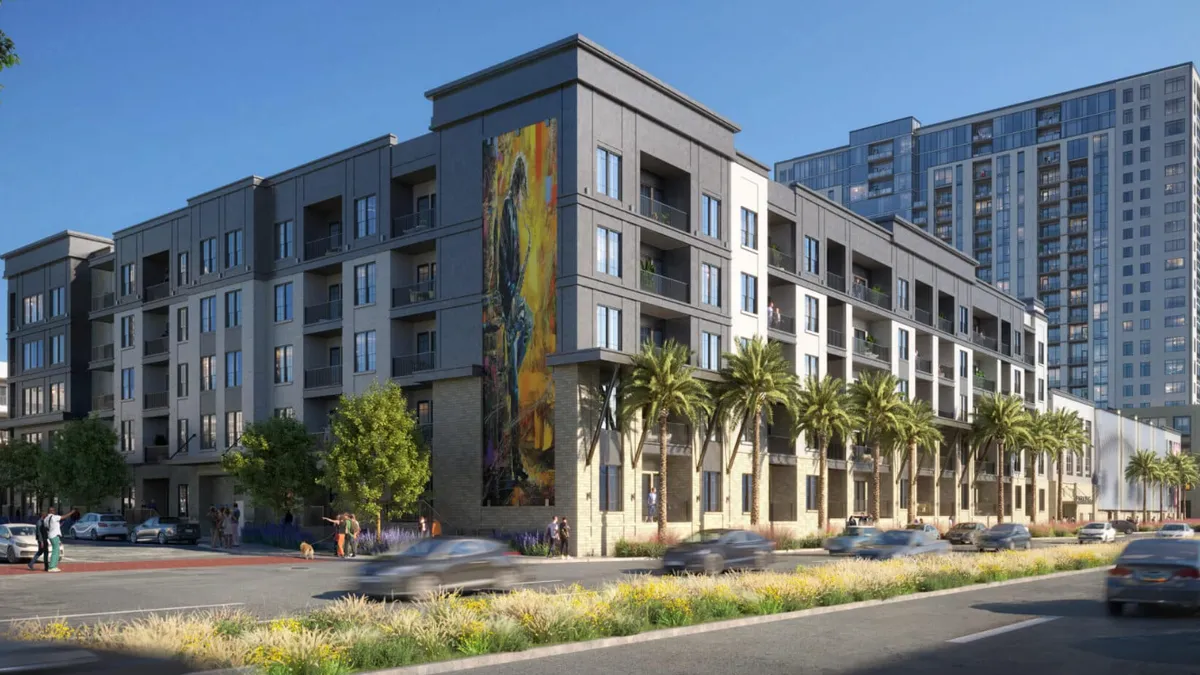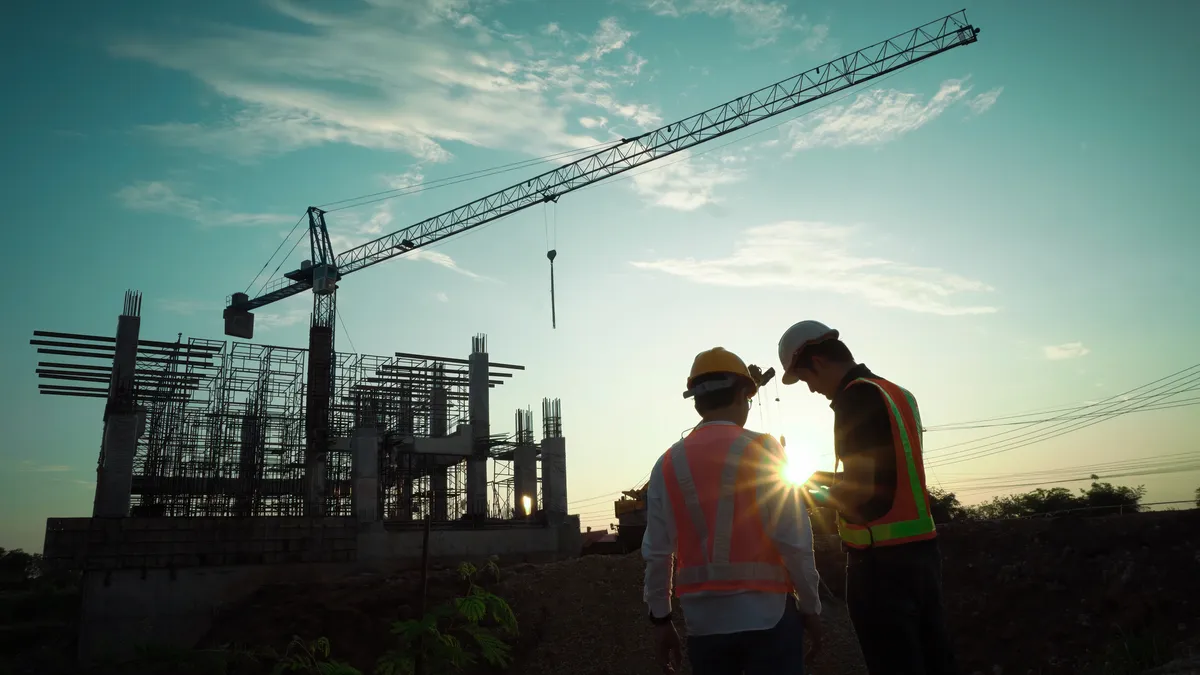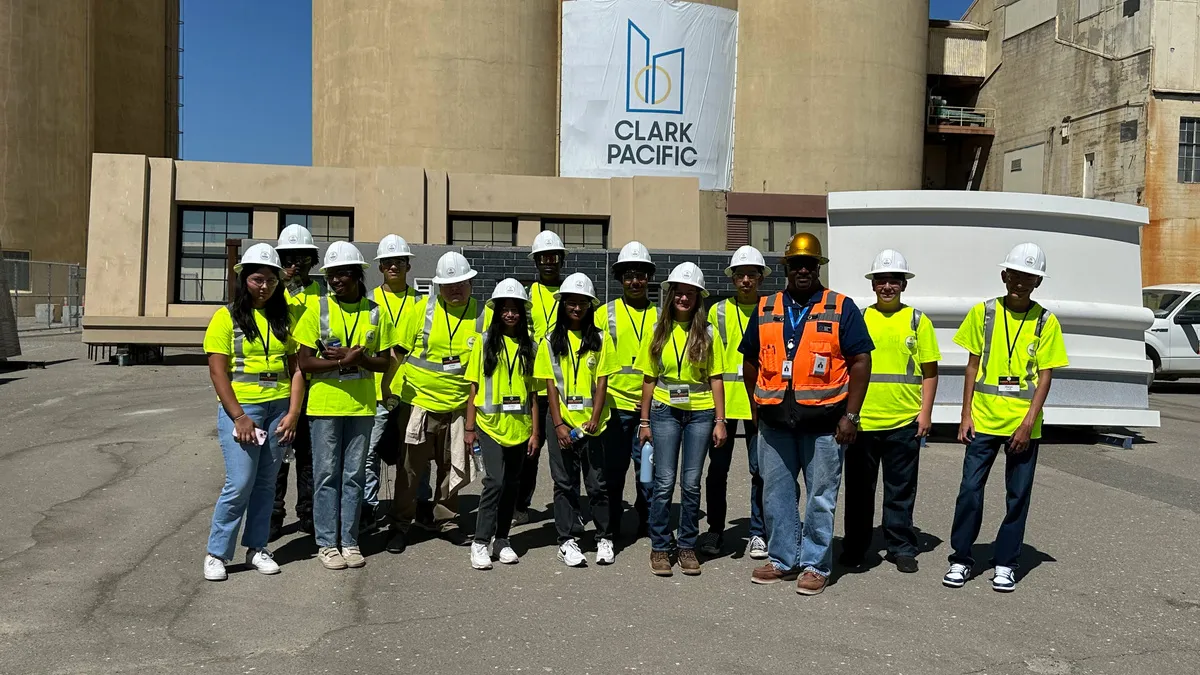Nothing drives home the point that there are few design constraints for today’s bathrooms like shower heads that play music and toilets with night lights and feet warmers. Add a fireplace to go with the heated floors and towel racks and it’s apparent a room that was once purely functional is now becoming a space worthy of customization.
Bathrooms are one of the top three most-remodeled rooms in a home, according to a 2016 Houzz report. Outdated design and finishes rank as the top two reasons homeowners choose to remodel their bathrooms, according to the company. But not all upgrades require a complete overhaul of the space. Some nice-to-haves, like drawers that hold hair dryers and the outlets to power them, as well as vanities that are equal parts furniture pieces and free-standing soaking tubs, can be worked into existing designs.
Costs increase as scope widens
The expense to remodel a master bathroom rose 12% year-over-year in 2016, according to Houzz, with the growth in part due to a 6% increase in scope. In 2015, 42% of owners replaced their cabinetry or vanity, toilet and countertops, at minimum, during a bathroom remodel compared to 39% in 2014.
Master bathrooms of 100 square feet or more came in at $25,600 for a major remodel with smaller spaces running around $12,000. And although the sky is (almost) the limit when it comes to product choices, HomeAdvisor’s Cost Guide estimates that the national average cost to remodel a bathroom (at press time) is around $9,381, with the typical range between $5,564 and $13,219.
"[Clients] travel more, so they often compare what they want in their home to a spa or luxury hotel they’ve visited."

Linda Maglia
Owner, Studio Maglia
Bathrooms are second only to kitchens when it comes to their importance in a homeowner’s budget and that doesn’t seem likely to change, even though the consumer most likely has. “They’re more savvy and sophisticated,” said Linda Maglia, owner of Studio Maglia in Studio City, CA. “And they travel more, so they often compare what they want in their home to a spa or luxury hotel they’ve visited.”
Eric Moore, a senior interior designer for Kohler, said the company is seeing similar popularity for products that create a personal retreat or spa experience, especially in master suites. As such, Kohler’s offering includes multi-function shower heads, hand-held and steam showers, and digitally controllable lighting, steam, music and water in the bathroom (top image). “People don’t have to leave home to go to a spa anymore,” he said.
Of the single-family homes completed last year, according to the Census Bureau, 3% had one and one-half bathrooms or less, while nearly 37% had three or more. Which one is chosen first for renovation work depends on what the owner wants to achieve. Of all remodeling and addition projects, 26% involved the guest or other bathroom and 22% concerned the master bath. Sandra Bishop, senior designer with One Week Bath, a remodeling contractor in Long Beach, CA, said clients sometimes leave the master bath for last since it’s typically not seen by anyone other than those who live there.
A custom approach
Bathrooms are taking on new importance in the home, regardless of their number or size, and each can be designed to shine. Amenities are one way these spaces can be made to appeal to their users while still including the typical features: a toilet, a sink and some combination of shower or bath. Small powder rooms can take on a jewel-box character, Maglia said. And even kids’ bathrooms now have a certain level of sophistication.
The latter — rooms that were once designed for babies or children — have given way to choices that express neither age nor gender. “Tile and stone elements are a financial and structural commitment and today’s clients want the room to age with their children. It’s important that the bathroom be timeless,” Maglia said. “As the kids grow up, all that needs to be done is to paint or to re-accessorize.”
Looking ahead to anticipate future needs is also becoming common when considering a remodel, especially with features that could contribute to consumers' desire to age-in-place. And many of today’s designs allow for both. One example of a popular trend that can also accommodate a wheelchair or walker later on is eliminating the shower dam to offer unobstructed passage between the bathroom floor and shower floor, Maglia said.
Other options include larger showers that leave room for the eventual installation of a seat. Along with reinforcing walls for future grab bars, a power outlet can also be added to the back wall adjacent to the toilet so a self-cleaning and cleansing toilet could one day be installed, Maglia said.
Customers are also interested in tub-to-shower conversions, where the tub is removed to make room for a larger shower, Bishop said, another trend that helps users age in place. Larger-format tiles result in less grout in the installation and can therefore be easier to clean. And for those wondering what happened to the Jack-and-Jill bathrooms of decades past, Bishop said today's remodelers often choose to close off one door or even separate the area into two distinct bathrooms, if the space is large enough.
When it comes to cost, there are several variables that can affect a budget. However, customers today are more educated about what they want. “They’re more exposed to all the design options and they know what’s available,” Bishop said.
Maglia agrees. She said clients are feeling confident once again after the economic downturn, and the remodeling market is reflecting that change. Prices are rising for both materials and labor and everyone’s getting busy. “The work force and the trades are in demand, so you have to book in advance again,” she said

















